
HOME





HOME
|

|

|

|

|
|
P R O F I L E |
||||
|
 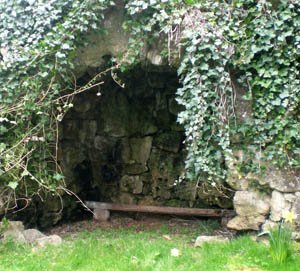 Blenheim Grotto
Blenheim GrottoBlenheim Palace Woodstock Oxfordshire OX20 1PS Telephone: 0800 849 6500 Blenheim is reputedly Britain's greatest palace and it is little wonder that Arthur Young chose to include it in his tour itinerary. The ancestral home of Sir Winston Churchill, Blenheim has been associated with the aristocracy and gentry for some 300 years. It is now the home of the 11th Duke of Marlborough. It became a World Heritage Site in 1987. Arthur Young had mixed feelings about Blenheim in 1767 when he did his southern tour. He saw it as a monument of the Nation's gratitude, a pile built at public expense. He thought the work of Vanburgh in the vilest taste and considered him a miserable architect. He also found the porters at the park excessively insolent. He was clearly not having a good visit. What was particularly objectionable was that he was expected to pay to view the house. 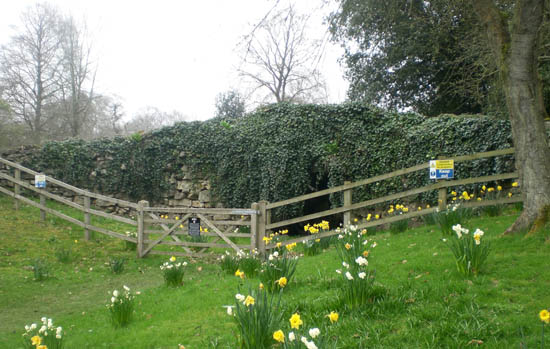
As to be expected with Young's landmark destinations, the parklands contain a grotto and it is interesting to speculate the origins of this strange structure. Blenheim sits in the centre of a large undulating park, a classic example of the English landscape garden movement and style. When architect Vanbrugh first cast his eyes over it in 1704 he immediately conceived a grandiose plan. His creations included a spectacular bridge, the great parterre which is nearly half a mile long and as wide as the south front and an obelisk. 
The park remained relatively unchanged until the arrival of Capability Brown in 1764. The 4th Duke employed Brown who immediately began an English landscape garden scheme to naturalise and enhance the estate, with tree planting, and man-made undulations. However, the feature with which he is forever associated is the lake, a huge stretch of water created by damming the River Glyme and ornamented by a series of cascades. Other features were added over the years including the Temple of Diana and the extensive Italianate fountains and formal garden around the house. 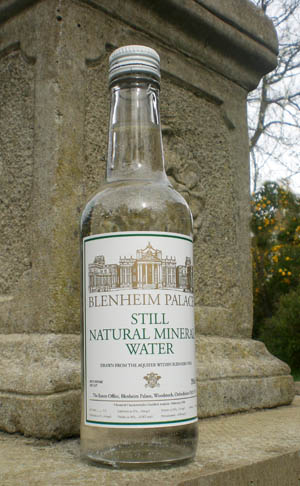
Today there is much to tempt and amuse the public visitor with a number of commercial concerns that include a maze, adventure playground, mini-train, gift shops, butterfly house, fishing, cafeteria and bottled Blenheim Natural Mineral Water. The water is bottled from an aquifer source within the grounds. According to the bottle label, the spring was first recognised by Henry II when he entertained his secret lover at Blenheim, having constructed a pleasure pool for their delight. Rosamund's Well remains a present day reminder of this secret affair which ended in tragedy. When the Queen discovered the King's Lady in her bower, she stabbed her to death. There is also a program of events to bring crowds to the palace and grounds but nothing to match the story of Henry II's mistress.... One thing that is not advertised extensively is the grotto. To those unfamiliar with the park landscape, it takes some finding and many are totally unaware of its presence. It lies on the lakeside walk that extends from the house to the cascade. As you approach the cascade the grotto is seen to the left on the bank. It is fenced off and notices advise you that it is unsafe. 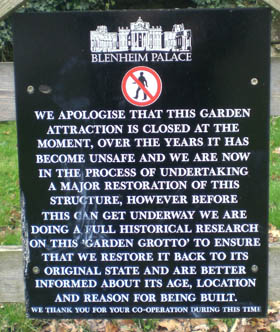
This strange structure is made of stone with exterior of rough-hewn blocks. In the centre there is a deep arched niche with a seat from which the lake can be viewed. It is thought to date from Capability Brown's work at Blenheim in 1760. The grotto was protected for planning purposes by listing as grade II in July 1988. Today (2014) the grotto lies ivy covered and lacks the exuberance of the many other features in the Blenheim park. However on a positive note, notices around the grotto say that it is awaiting extensive restoration, pending research into its original appearance. When visiting our assessor had hoped to return to view the restored grotto using our 'garden' entry tickets, which apparently could be converted to a 12 month pass for free, according to notices displayed. Unfortunately this appeared to only apply to 'garden and house' tickets when our assessor got to the 'convert your tickets here' kiosk. 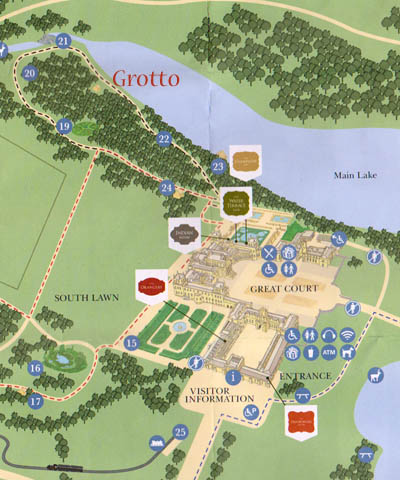
Illustrations: 1. The grotto in 2014. 2. The Cascade. 3. Overgrown and awaiting restoration - the grotto. 4. Blenheim Palace. 5. Blenheim Water. 6. The apology. 7. Park map. For Blenheim visitor information click website below. Website: Click Here ADDITIONAL INFORMATION 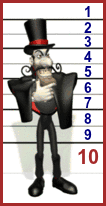 
GREAT BRITISH GROTTO GRADING
CONSTRAINTS On private property, Open set times only FACILITIES Access by Road, Access on Foot, Disabled Access, Entry Fee, Grotto - just one, Part of a larger tourism attraction, Restaurant/Food, Retail Souvenir Shop, Toilets LANDSCAPE Country town/village, Park or Garden REGION England - Central THE FEATURES PRESENT +Dark and mysterious chambers and cave like spaces, +External rock structures, either real or simulated, +Internal stonework that is natural, recycled or simulated to give a subterranean decor, +Stunning setting and location, GRADED FOUR |
||||
|